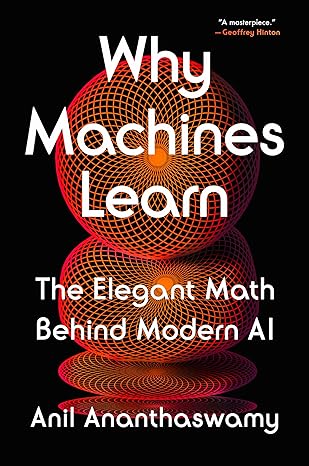How Machines Learn

What I appreciated most was the book’s broad narrative arc—starting well before the invention of modern computers, tracing the philosophical and scientific curiosity that gradually evolved into the field of artificial intelligence. The early chapters delve into how human cognition inspired many of the foundational concepts in AI, with thoughtful reflections on the evolution of perceptrons, multi-layered neural architectures, and activation functions.
One chapter that particularly stood out explored the early experiments in neuroscience—like the famous study where researchers inserted electrodes into anesthetized cats to understand how visual information is processed neuron-by-neuron. While such experimentation understandably feels inhumane by today’s standards, the insights derived laid the groundwork for convolutional neural networks (CNNs), now central to modern computer vision.
The book does a wonderful job of weaving technological milestones with the human stories behind them—highlighting contributions from pioneers like Rosenblatt, McCulloch, and Pitts, as well as the struggles and breakthroughs in building intelligent systems that learn.
In essence, “AI: Machine Learning and Neural Networks” is not just about algorithms—it’s a reflection on the interdisciplinary evolution of thought, touching philosophy, neuroscience, mathematics, and computer science. A must-read for anyone curious about why AI is the way it is today.